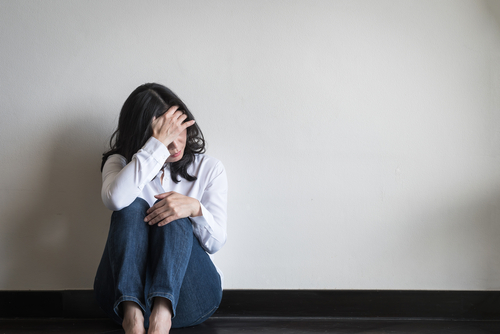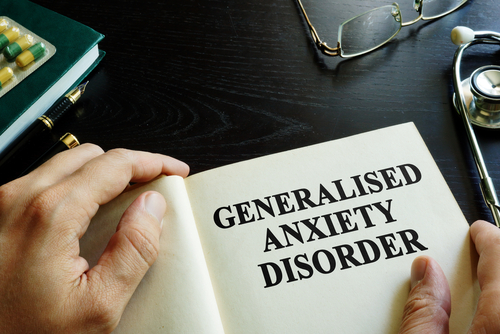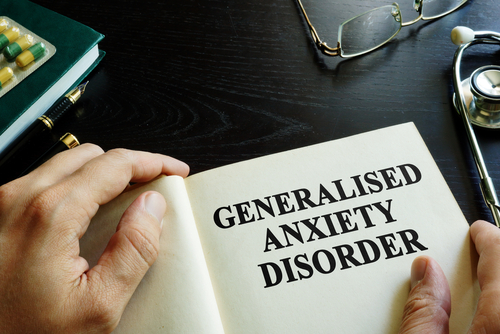
Dialectical behavior therapy (DBT) is an evidence-based psychotherapeutic modality that emphasizes the psychosocial aspect of treatment. Psychologist Marsha M. Linehan developed DBT in the late 1980s as a means to more effectively treat chronically suicidal individuals diagnosed with borderline personality disorder (BPD). Psychology Today explains that the “goal of DBT is to transform negative thinking patterns and destructive behaviors into positive outcomes.” DBT combines standard cognitive behavioral therapy (CBT) techniques for emotional regulation and reality testing with psycho-educational modules and concepts derived from Buddhist meditative practice such as awareness, mindfulness, and attentiveness to current situations and emotional experiences. Since its inception, dialectical behavior therapy has been and remains the gold standard method of treatment for individuals diagnosed with BPD and has also proven effective in treating a wide range of other mental health issues, including teen substance abuse and addiction.
Dialectical behavior therapy is a comprehensive, multifaceted, rigidly structured therapeutic approach that is carried out in three different therapeutic settings: weekly individual psychotherapy (one-on-one therapy) sessions; weekly DBT skills training group sessions, and as-needed phone coaching. Participants engage in individualized and collective treatment by focusing on the four modules of DBT, which are: core mindfulness (focusing skills), distress tolerance (crisis survival skills), emotion regulation (de-escalation skills), and interpersonal effectiveness (social/ relationship skills). DBT relies on a hierarchy of treatment targets to help the therapist determine the order in which problems should be addressed. DBT plays a crucial role in teen substance abuse treatment. As explained in the open-access journal, Addiction Science & Clinical Practice, DBT’s substance-abuse–specific behavioral targets include:
- Decreasing abuse of substances, including illicit drugs and legally prescribed drugs taken in a manner not prescribed.
- Alleviating physical discomfort associated with abstinence and/ or withdrawal.
- Diminishing urges, cravings, and temptations to abuse.
- Avoiding opportunities and cues to abuse, for example by burning bridges to persons, places, and things associated with drug abuse and by destroying the telephone numbers of drug contacts, getting a new telephone number, and throwing away drug paraphernalia.
- Reducing behaviors conducive to drug abuse, such as momentarily giving up the goal to get off drugs and instead functioning as if the use of drugs cannot be avoided.
- Increasing community reinforcement of healthy behaviors, such as fostering the development of new friends, rekindling old friendships, pursuing social/ vocational activities, and seeking environments that support abstinence and frown upon behaviors related to drug abuse.
Studies have found that DBT can improve quality of life and self-control as well as reduce hopelessness. DBT aims to help teenagers cultivate healthy coping mechanisms and useful techniques for managing stress, regulating emotions, and improving relationships with others, all of which can promote long-term recovery.
For Information and Support
Every family in need of mental health treatment must select a program that will best suit the needs of their family. When one member of a family struggles, it impacts everyone in the family unit. To maximize the benefits of treatment we work closely with the entire family to ensure that everyone is receiving the support they need through these difficult times.
Seeking help is never easy, but you are not alone! If you or someone you know needs mental health treatment, we strongly encourage you to reach out for help as quickly as possible. It is not uncommon for many mental health difficulties to impact a person’s life, long term. Pursuing support at the beginning of one’s journey can put the individual in the best position to learn how to manage themselves in a healthy way so they can go on to live happy and fulfilling lives.
OUR KNOWLEDGEABLE ADMISSIONS TEAM CAN BE REACHED 24/7 AT INFO@PACIFICRTC.COM OR CALL: (866) 602-5512
We are available to answer any questions you may have regarding mental health treatment and our residential program, anytime. Contact us today using the form to the right.






